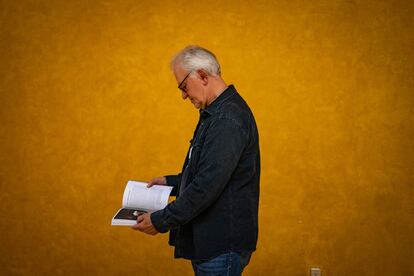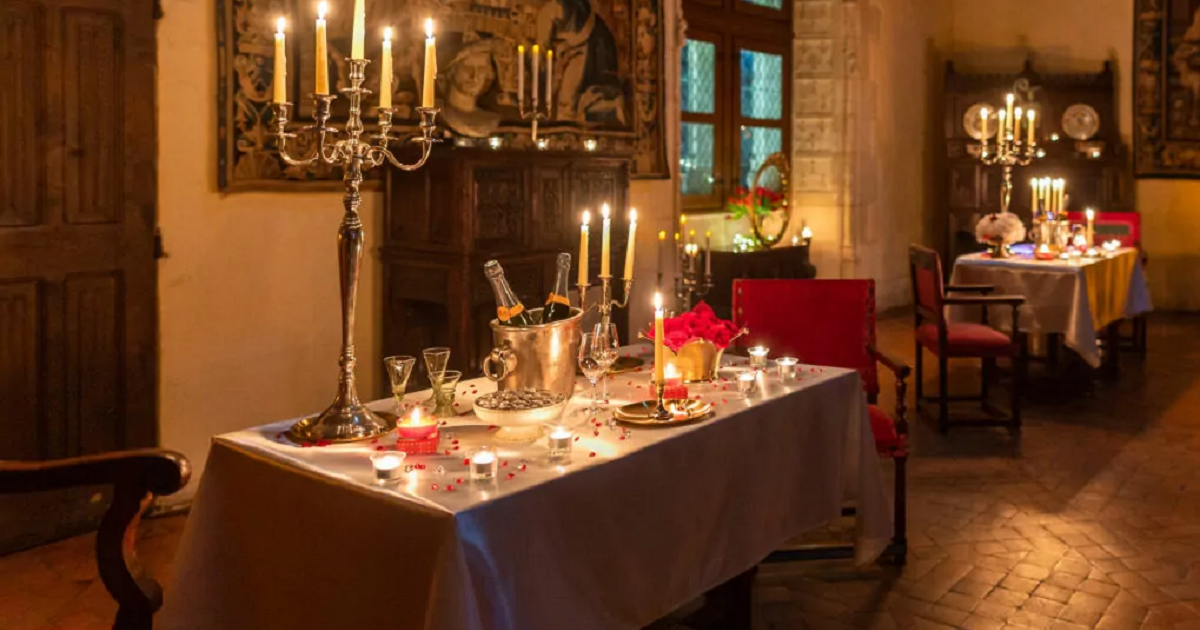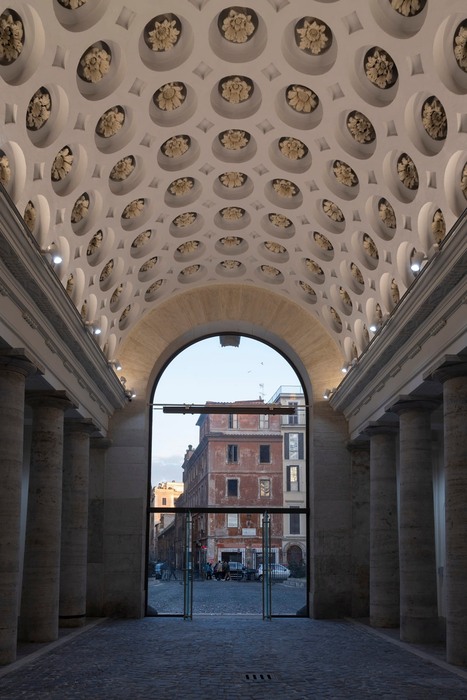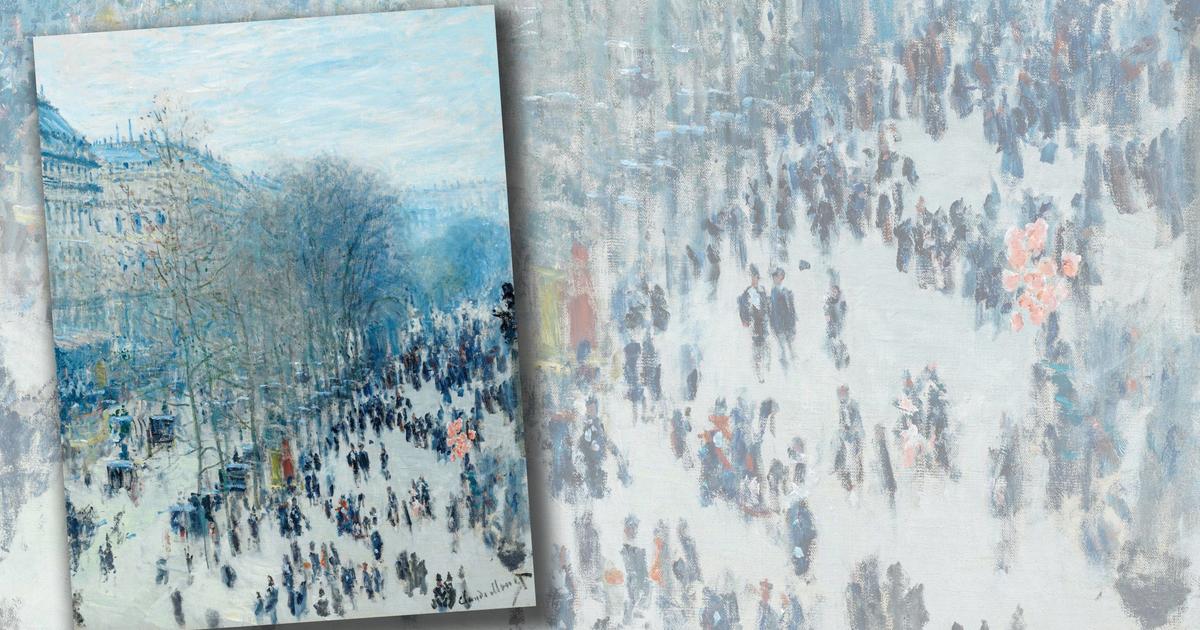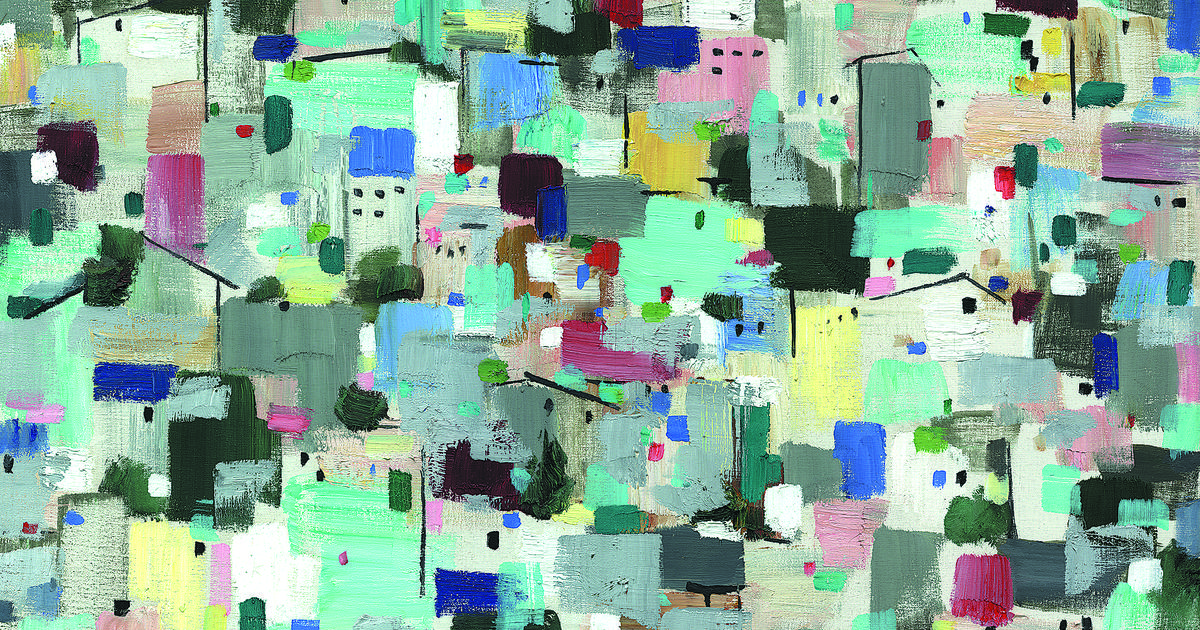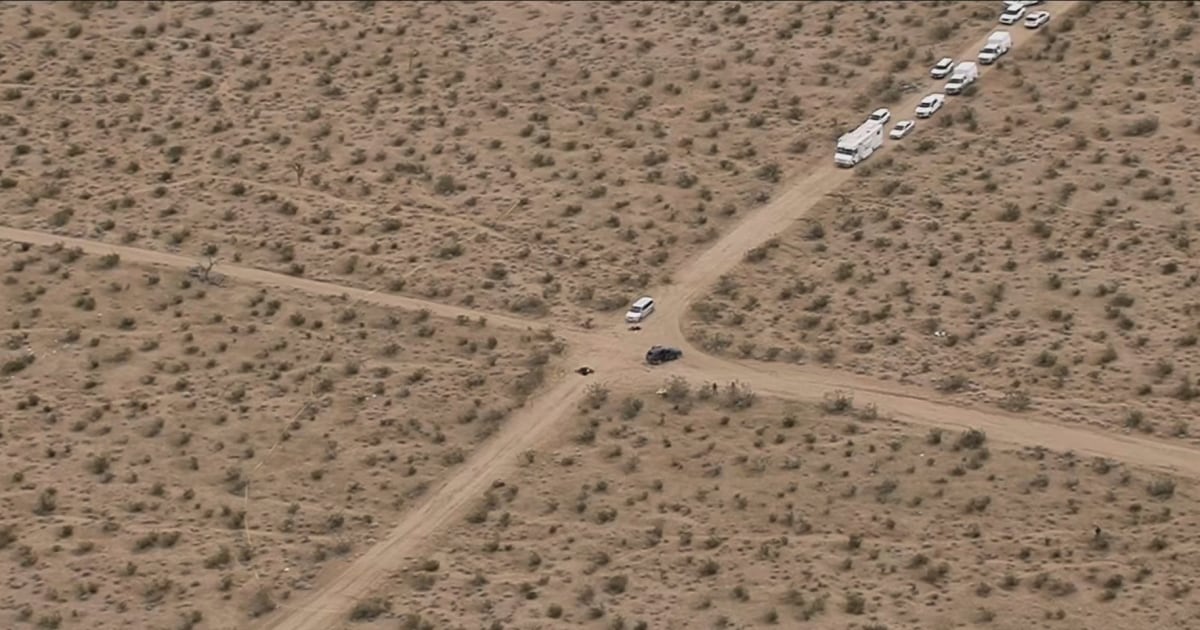Those who were there say that the Palace of Fine Arts was enveloped "in a fumarole with a combined smell of weed and incense" on the afternoon of December 4, 1971. That day, as had been announced in the newspapers, one of the venues most solemn cultural venues in Mexico opened its doors to a “pop show” lasting more than two hours that filled seats.
The show included the performance of dancers, poets, wrestlers, fakirs and rockers.
It was a Saturday, at five in the afternoon, at Bellas Artes.
The following Monday, however, the director of the National Institute of Fine Arts submitted his resignation and the event disappeared from the official archives, according to the writer Federico Rubli in his new book,
Prometeo 71 .
(Trilce, 2023).
The journalist has been asking himself a question for several years: how could the event have happened in the first place?
Rubli, who is 68 years old and was 17 in December 1971, was not at Bellas Artes the afternoon that
Prometeo Espectáculo Pop
was presented .
Although he has dedicated his life to writing about rock and at the time he was a reporter for the weekly
México Canta,
He did not know anything about the event until 2017, when the musician and manager Armando Molina sent him an email with a newspaper clipping.
Rubli was incredulous and replied: "The truth is that this does not fit me with the repression and censorship against rock that was unleashed after Avándaro."
In September, the Avándaro rock festival had been held a few kilometers from Mexico City, a Mexican-style Woodstock that marked the rise and fall of rock in the country.
The event scandalized the Government and the press and the genre disappeared from radio and concerts for a decade.
Federico Rubli shows one of the pages of his new book 'Prometeo71'.Iñaki Malvido
How was it possible, then, that the authorities had authorized an event "so advanced, avant-garde and contested", Rubli wondered.
How was it possible, above all, that the government of PRI member Luis Echevarría allowed it if the bill featured two groups that had played in Avándaro, Peace & Love and the Dug Dug's.
The journalist began a four-year investigation to "rescue an event that was buried," he said this week at the book launch in a cafeteria in Mexico City's Roma neighborhood.
Rubli interviewed almost twenty people whose memories sometimes became imprecise.
One of the first calls was to the painter Arnaldo Coen, who together with his brothers Amílcar and Aristides and together with the producer Roberto Mosqueira, organized the event.
Coen told Rubli that the authorization to do the presentation came about as “a fortuitous, unexpected and serendipitous opportunity”: “We ran into the director of Fine Arts at a party.
We started talking to him about the show and he said, 'Why don't we put it in Fine Arts?
He offered us the box office and he couldn't offer us anything else.
The 82-year-old painter, who won the National Science and Arts Award in 2014, was wearing black sneakers, baggy gray pants and two T-shirts under his vest on Tuesday.
He has been bald for years, but he still has the unkempt beard that he had when he was young.
During the presentation, he was seated with the cane in one hand and recalled that “amazing” afternoon: “The enthusiasm to enter Fine Arts was fascinating.”
Prometeo Espectáculo Pop
, actually, had been presented for the first time months before at the Israelite Sports Center, on the outskirts of Mexico City.
To exhibit it in Fine Arts, it was only necessary to make some adjustments because the space was bigger.
The show had been the result of several experiments that different artists had been rehearsing who in those years coincided in the Zona Rosa of the capital.
Coen recalled the atmosphere this way in an interview for the book: “There was a really extraordinary plurality of people that we met.
In the end, it was everyday.
If you wanted to meet someone you would go to the Zona Rosa to one of the cafes, you would go to the galleries and artists from all kinds of disciplines would meet there”.
The original poster of 'Prometeo Espectáculo Pop'.Iñaki Malvido
On the day of the presentation at Bellas Artes, those who had not obtained tickets in the stalls and boxes or had not been able to pay for them "were crawling like flies," Coen recalled.
Outside the compound, about 2,000 people had been left without entering.
The show began with a character reciting on stage the beginning of
Prometheus in Chains
, the Greek tragedy based on the myth of the Titan who defied the gods and suffered perpetual punishment.
The story was interrupted by another character who jumped from the audience and shot at the man who was reciting.
“A tremendous noise began.
That strident music was leading to zen music and some dancers, who were camouflaged with the scenery, began to come out ”, Coen related.
During the show, fakirs, fire eaters and snake charmers, wrestlers, poets reciting verses, more dancers stripping to the rhythm of the blues and three of the most important rock bands of the moment: Peace & Love, the Dug Dug's also appeared on the scene. and Javier Bátiz, the star musician of the event.
Rubli believes that one of the reasons why his performance was possible was because "the rock was hidden in the poster" and "went unnoticed" by the authorities.
Felipe Maldonado, who played keyboards at Peace & Love, told Rubli: "I don't think ever again in the history of the Palace was rock staged there again."
The only precedent there was from the sixties, when Los locos del ritmo performed.
In the end, the playwright Juan José Gurrola appeared to give the closing monologue and then the curtain fell.
Rubli's book is full of images that give an idea of what that was like.
Pages from Arnaldo Coen's notebook with the first sketches;
newspaper clippings announcing “avant-garde activity”;
photographs of a nude dancer with her body painted with pink, green and red circles, or a snapshot of Armando Nava, leader of the Dug Dug's, dressed in tails on stage.
“It was our way of breaking with this paradigm of the official culture in Fine Arts.
We did not do it with that intention, that's how it happened," said Roberto Mosqueira, who was the producer of the show and who is 74 years old today.
It was done, he assured, without any pretension: “We never saw the importance towards a future and even less towards a present.
We were there, we wanted to do something, we did it and that was enough”.
Arnaldo Coen in his studio. Nayeli Cruz
The next day, Sunday, the newspaper
Excelsior
published a chronicle about the show and on Monday, Miguel Bueno, who had been director of the National Institute of Fine Arts for a year, submitted his resignation.
Rubli offers some hypotheses in the book as to why Bueno licensed the show.
His ideas come from interviews that Bueno gave before he died in 2000: “At that time, his relationship with the authorities was very bad and he perceived that his departure from the Institute was close.
He may have thought that he no longer cared much about taking the risk of doing something innovative and revolutionary.
With this, he could send a sign of independence (...) On the other hand, it was a way of showing the secretary [of Public Education, Víctor Bravo Ahúja] that, even without a budget, he could organize an impressive show ”.
Rubli tried, through requests through the Transparency Law, to investigate the records that remained from that day at the INBA.
But he did not get the information he was looking for.
"Officially and formally there is no reference in the archives of the institute (...) Prometheus did not exist," writes the author in the book.
He only found references in some publications, but these documents are not "official and formal."
"After the authorities described the show as an embarrassing, immoral and unworthy act that should never have reached the Fine Arts forum, it was to be expected that they would want to erase all traces of what happened," the writer maintains.
An image in the chronicle of the newspaper 'Excélsior' about 'Prometheus Pop Show'. COURTESY
The organizers of
Prometeo Espectáculo Pop
ran out of box office money and lost all the production they had prepared for the show.
"Well, we owed it, but we have to thank him," Coen said Tuesday.
He later explained: “It was a spontaneous act that was born from the heart and guts, from an effort we made, but at the same time it was hilarious.
I remember buying charro shirts with the shields [of Mexico], going to buy the Virgins of Guadalupe with sequins… I think that spontaneity is extremely important for creativity and above all for freedom.
Freedom is the shield that those of us who want to dedicate ourselves to art can bring”.
subscribe here
to the EL PAÍS México
newsletter
and receive all the key information on current affairs in this country

